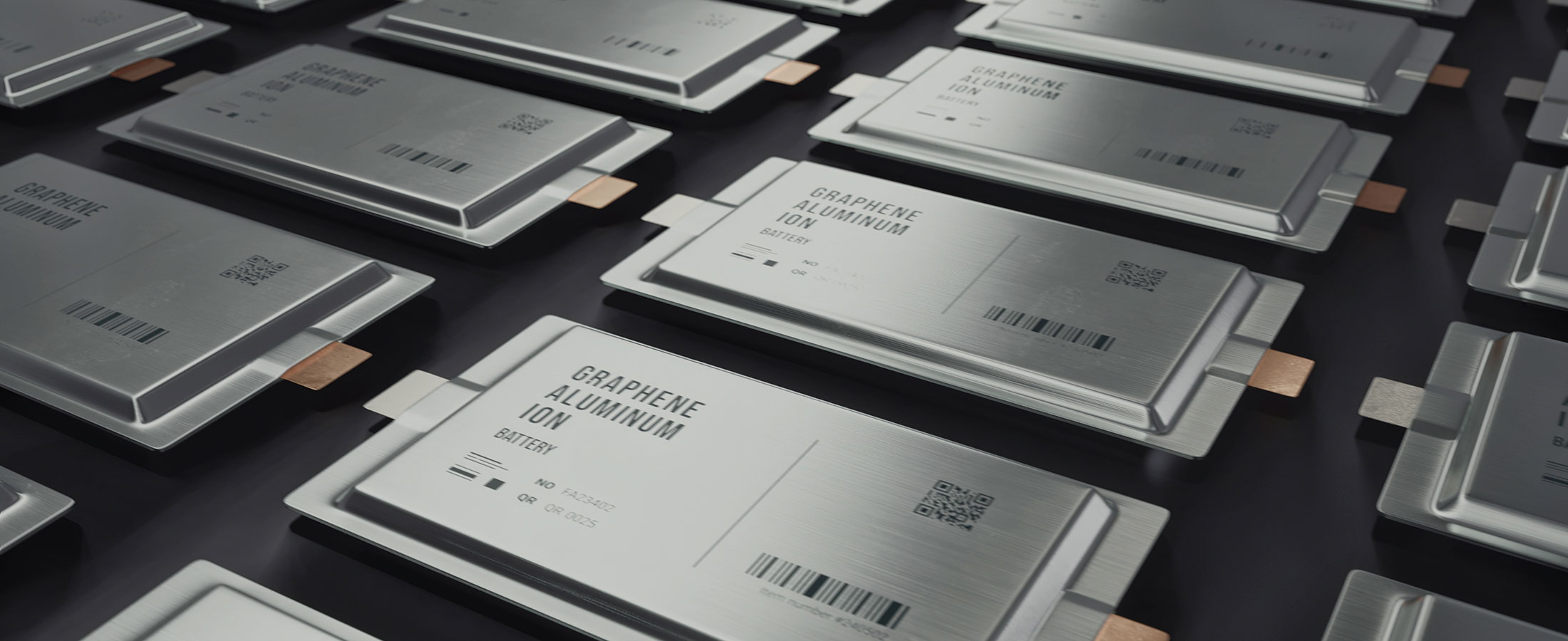Flow, Cobalt-Free and Solid-State: What's the Future of Rechargeable Batteries?
Lithium-ion batteries have dominated the market for years, but what could the next generation of rechargeable batteries look like? Here are four innovations that could shape the future of power storage.
Lithium-ion batteries are at the heart of modern technology. They power our phones, computers, EVs, and have a small but expanding role to play in grid-scale energy storage. However, they are not without their drawbacks. As demand for rechargeable batteries intensifies, industry is looking ahead to the next generation of battery technologies.
Here are four innovations that could make batteries safer, more sustainable, and more efficient.
1. Vanadium flow batteries
Most commercially-available flow batteries use vanadium ions to carry charge. The set-up of flow batteries, which decouples power and charge, has a number of advantages over lithium-ion batteries, including: longer discharge capacity; the ability to operate at lower temperatures; and longer lifespans – they are capable of cycling every day for 30 years, compared with eight years for lithium-ion. However, they remain considerably more expensive and much larger than lithium-ion batteries, in part due to their relative technological immaturity.

A number of organizations are developing vanadium flow batteries for EVs and grid storage. Earlier this year marked a milestone for the technology, as the world’s largest flow battery was switched on to serve as a ‘power bank’ for the city of Dalian, China.
2. Cobalt-free batteries
Cobalt is used in the cathodes of almost all lithium-ion batteries today, stabilizing them and boosting energy density. But this wonder material is scarce, expensive and toxic. It is unsurprising, then, that there is interest in replacing cobalt with other materials.
Nickel is considered a promising alternative. A 2020 study found nickel-rich cathodes could be used in lithium-ion batteries, with slightly lower energy density than the typical cobalt battery but otherwise excellent performance – the researchers described it as the first of its kind without major performance drawbacks such as short battery life. Another alternative to cobalt is manganese, which is more affordable and easier to mine than cobalt. Researchers at Argonne National Laboratory are among those working to improve the performance of manganese-rich batteries to help displace cobalt.
3. Iron-based batteries
Iron has been attracting attention as a possible ingredient in cobalt-free batteries. Automotive company Tesla is betting on iron-based batteries, announcing last year that it was shifting to iron-phosphate batteries for standard-range vehicles. Iron phosphate batteries are cheaper and safer than cobalt batteries, but have lower energy density, limiting vehicle range.
Interest is also growing in iron-based batteries more broadly. Iron-flow batteries, for instance, are attractive due to their cheapness and suitability for grid storage and recently, a start-up developing iron-air batteries – which it says can store electricity for several days – secured US$450m in investment.
4. Solid-state batteries
Solid-state batteries – which use a solid separator and electrolyte rather than the liquid electrolyte found in lithium-ion batteries – are often described as a ‘holy grail’ technology. In fact, automakers have spent hundreds of millions of dollars in the past decade in pursuit of solid-state batteries. They have many advantages over lithium-ion batteries, including being non-combustible, fast charging and having high-energy density. Solid-state batteries could incorporate relatively accessible materials such as glass, glass ceramic, or graphite. For instance, glass-based solid-state batteries have three times higher energy density than lithium-ion batteries, and have a high tolerance for below-freezing temperatures.
Despite their great potential, these batteries are at an early stage of development, and it is not yet clear how they might be mass manufactured.
For now, lithium-ion remains top of the rechargeable battery pile, and these alternatives are unlikely to knock it from its place any time soon. However, with electrification at the core of the energy transition, there is intense interest in improving battery technology – and one of these innovations may have a major part to play.






